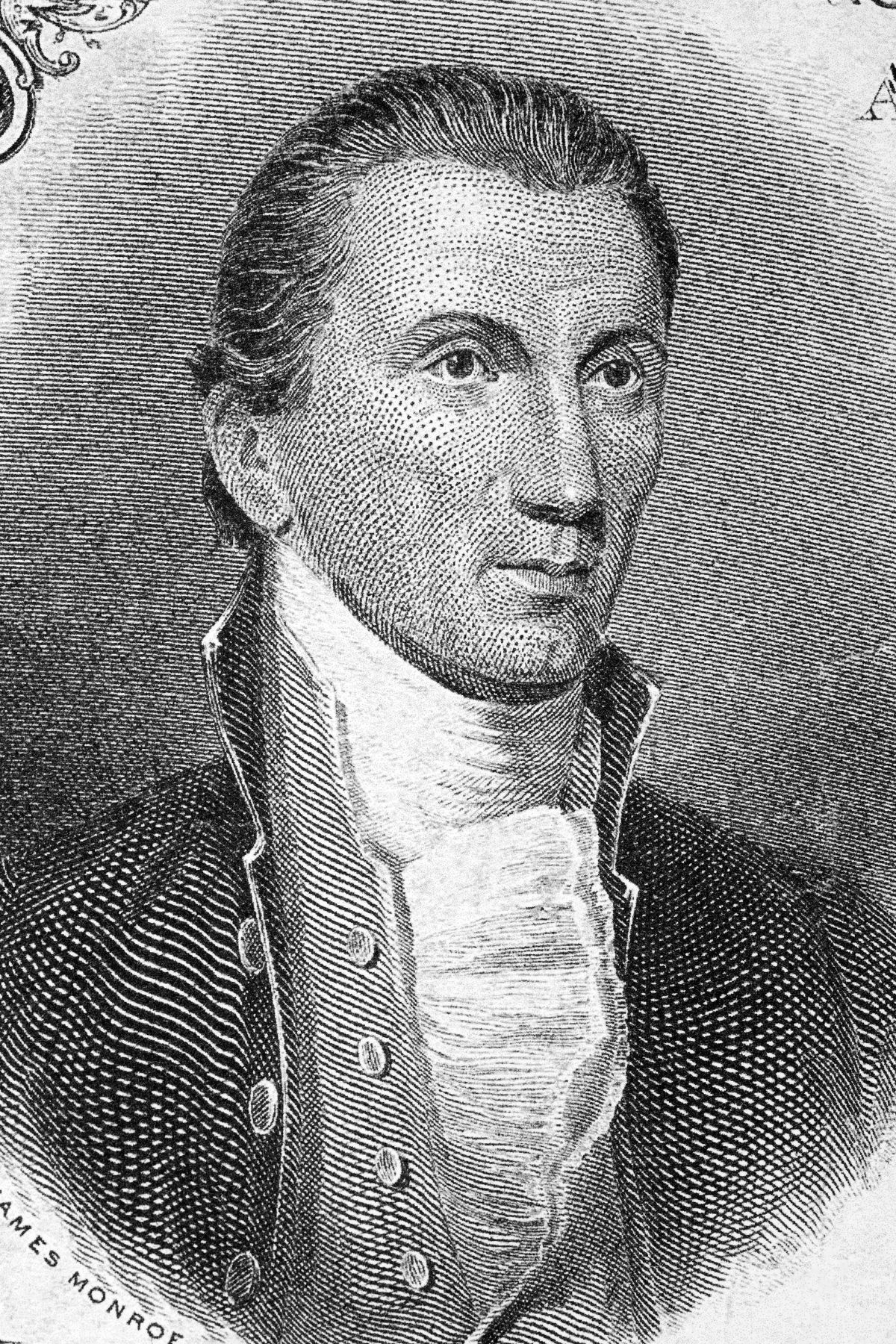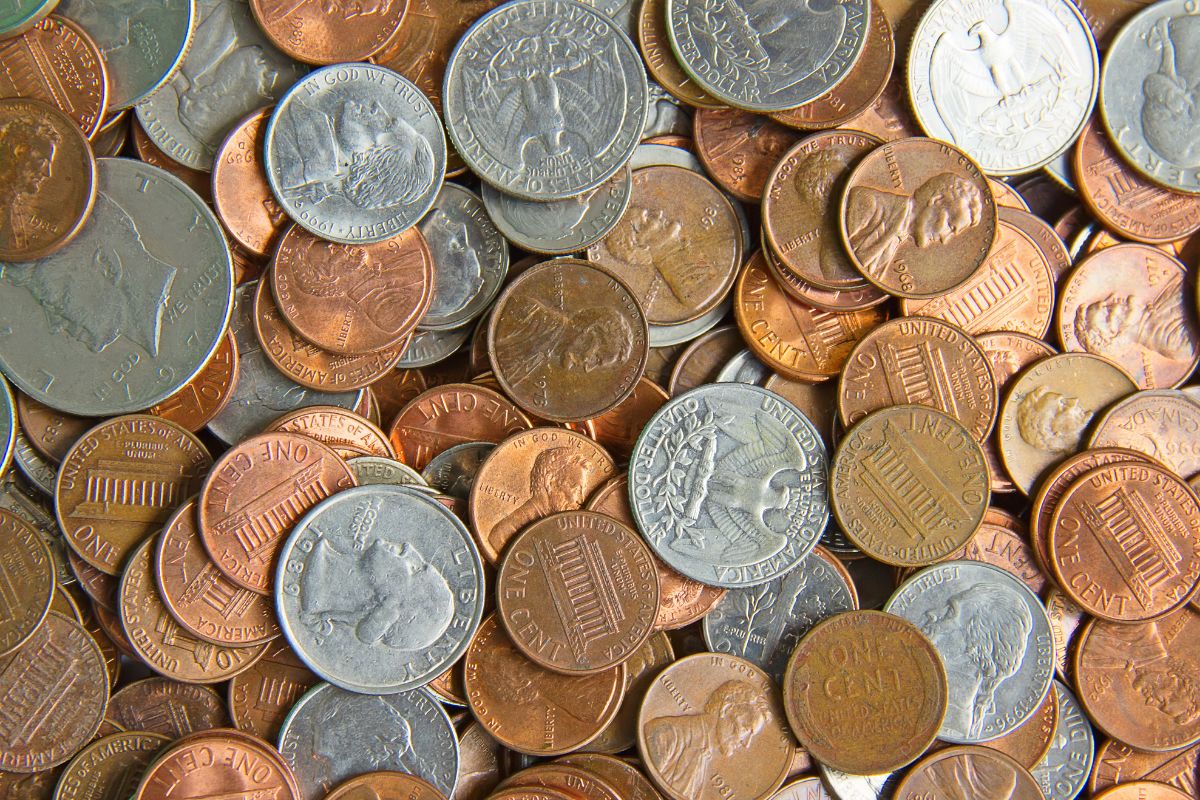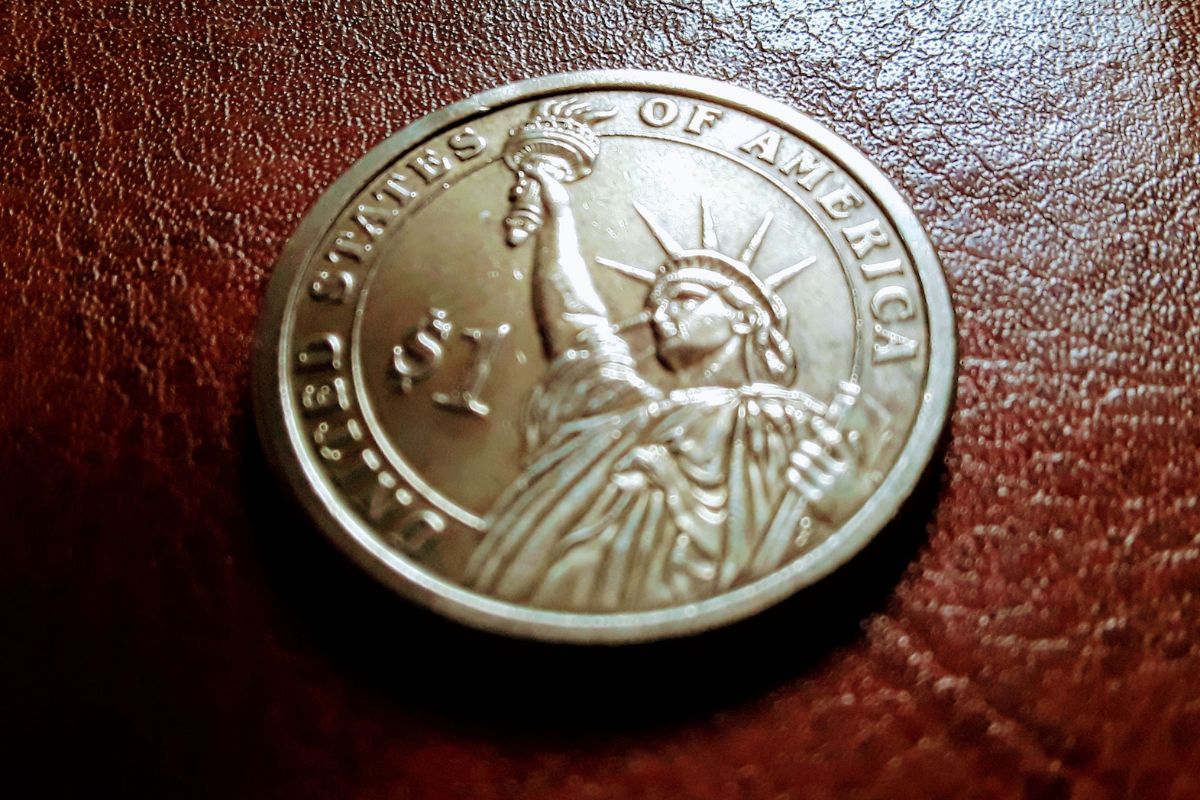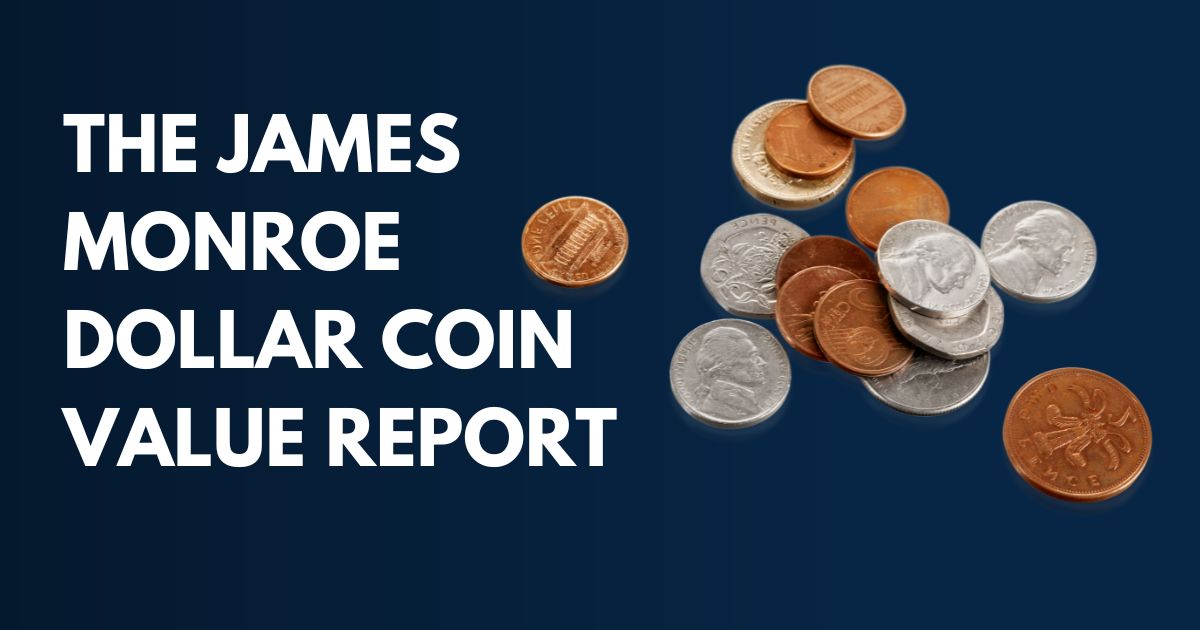Who was James Monroe?
The James Monroe dollar coin value is one dollar on face value but can fetch a premium price based on condition and mint mark.
James Monroe was one of the Founding Fathers and served in the military before becoming a lawyer and later a politician.
He was the fifth president of the United States between March 4, 1817, and March 4, 1825; the years inscribed on the coin signify his time in office.

Coin Specifications
The James Monroe coin specifications are as follows:
Type: Presidential dollar
Year: 2008
Face value: $1.00
Composition: 88.5% copper, 6% zinc, 3.5% manganese, 2% nickel
Edge type: Lettered
Edge description: “E Pluribus Unum,” “In God We Trust,” the year and mintmark
Shape: Round
Diameter: 1.04 inches (26.5 millimeters)
Thickness: 0.08 inches (2 millimeters)
Total weight: 0.29 ounces (8.1 grams)
The James Monroe Dollar Coin Value
How much is an 1817 James Monroe dollar coin worth? The answer will depend on its mint mark and condition. The James Monroe gold dollar “D” and “P” series are worth one dollar but priced higher if uncirculated.
However, the 1817 dollar coin value for the “S” series is much more valuable as they are a collector’s item and will fetch a premium price. The estimated minimum cost of the James Monroe 1 dollar coin value of the “S” series is 4 dollars.

The Applicable Grading System
There are two grading systems for the James Monroe coin:
- MS 65 Gem Uncirculated
This is for the coin batch that gleams and appeals to the eye. A few light contact marks are visible, but they are scantily detectable.
- PR 65 Proof
These coins have no flaws in their current state but may have minor scratches and scuffs.
Monroe’s Coinage Legislation
During his presidency, James Monroe (1817 to 1825) enacted the following coinage legislations.
Act of January 14, 1818
The first coin mint location in Philadelphia opened its doors in 1792, and the Act of January 14, 1818, enacted by James Monroe, gave direction that the mint not be moved for another five years. This mint remained operational in this location until 1832.
Act of March 3, 1819
The Act continues to allow the use of gold and silver coins from certain foreign countries to pay goods and debts within the United States. The specific exchange rates for currencies from foreign countries of Great Britain, France, Portugal, and Spain are also defined.
Act of March 3, 1821
This Act expounds on the legal-tender value of French coins from April 29, 1816. The Act also gives a green light for certain foreign gold coins to be used in making payments in the purchasing of land within the United States.
The Act continues to assign coins of Great Britain, Portugal, France, and Spain specific exchange rates. The Act also highlights the requirement to assess such coins and submit detailed reports of results to Congress.
Act of March 3, 1823
In this Act, direction is given that the coin mint stays in its current location in Philadelphia for another five years, starting from March 4, 1823.
Coin Characteristics
The James Monroe, 1 dollar coin, has the following distinct characteristics;
- The coin’s obverse side, also known as the front, main, top, or heads, has the president’s engraved face, name, and the years he served.
- The reverse, also known as the back or tail side of the coin, has the words the United States of America, the 1 dollar value, and the Statue of Liberty.
- The coin is round and has the following inscriptions on the edges; “E Pluribus Unum,” “In God We Trust,” the year, and the mint mark.
A mint mark is a letter representing the minting place. The James Monroe mint mark is either “D” for Denver, “P” for Philadelphia, and “S” for San Francisco.
The S proofs are coins specifically made for collectors. The coins usually take longer to make, have more details, and use a special planchette for minting.
The Coin’s Artist Info
Two artists designed the coin; Joseph Menna, a medallic artist, created the obverse side, and Don Everhart, a known Sculptor-Engraver, designed the reverse side.
The Origin Year of the Monroe Dollar Coin
The Monroe dollar coin is part of the Presidential Dollar Coin as enacted in the Presidential $1 Coin Act of 2005. The Presidential Dollar Coins is a series of dollar coins with engravings of some of the former United States of America president’s portraits on the obverse and the Statue of Liberty on the reverse.
Between 2007 and 2011, the Presidential Dollar Coins were minted and put in circulation, which resulted in a large stockpile of unused coins. From 2012 to 2016 and then 2020, more coins were minted as collector’s items and not circulated.
In 2008 in honor of the fifth president of the United States, James Monroe, the United States minted a one-dollar coin.
The James Monroe coin worth is pegged at one dollar on face value, as the coins are neither rare nor valuable.
How Many Monroe Coins Were Made?
There are 127,573,940 James Monroe coins minted as follows;
- Denver Mintage minted 60,230,000 of the “D” mint mark.
- Philadelphia Mintage minted 64,260,000 of the “P” mint mark.
- San Francisco minted 3,083,940 of the “S” mint mark.

Key Takeaways
James Monroe was a former president of the United States. The United States minted the Presidential Coins to honor the former presidents of the US, and the Monroe coins, minted in 2008, are part of the collection.
The James Monroe coins were originally put in circulation but currently are just collector’s items and are no longer in circulation. The James Monroe, 1 dollar coin value, is a dollar; it is common and easy to find.
However, the James Monroe commemorative token value, when uncirculated and in pristine condition, can fetch a higher price, especially the “S” series. Read our article and find out The Best Way To Clean Old Coins.

